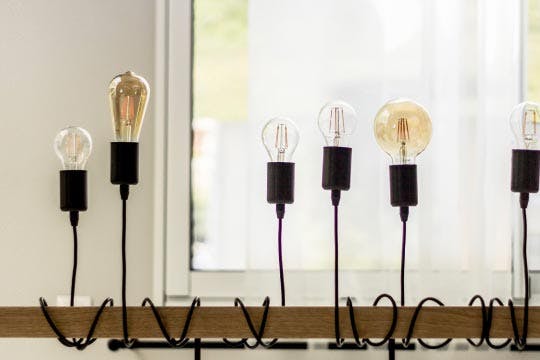Brainwriting
Each participant starts by writing 3 ideas about the given issue on different Boards. After 5 minutes, everyone switches boards and contributes by picking up on ideas already put forward by others. A group of 6 participants can generate 108 ideas in just 30 minutes! This activity is also known as the 6-3-5 method.
Suggestions and variations
When choosing ideas, try not to dismiss the wildest ones. At this stage, they’re just the seeds of an idea, they’ll improve with some work later on
It’s important that no discussion takes place in steps 2 and 3
It’s important that participants draw inspiration from the existing ideas for expressing new ones.
These templates may interest you

3 Horizons

Reverse Brainstorming

 Beekast
Beekast